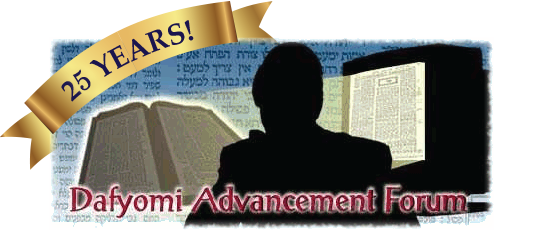What are the (otherwise superfluous) words "ve'ha'Nosar mi'Besar ha'Zevach"?
Sifra: "mi'Besar" precludes the bones, the sinews, the horns and the hoofs from the Din of Nosar, whereas "ha'Zevach" precludes a fetus and a placenta (or after-birth). 1
See Torah Temimah, note 51.
When does the Shelamim become Nosar and when must it be burned?
?ve?ha?Nosar ? ba?Yom ha?Shelsihi ba?Eish Yisaref?. What are the connotations of ?ba?Yom ha?Shelishi??
Ramban, Moshav Zekenim, Sifra #1, Targum Onkelos and Targum Yonasan: It teaches us that (although the Shelamim becomes Nosar on the third night) ? Nosar is only burnt on the following day.
Sifra #2: It is a Binyan Av ? which teaches us that all Kodshim tha need to be burnt, may only burnt in the daytime.




